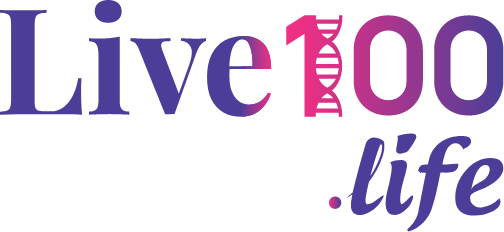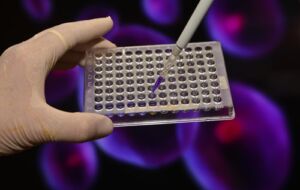DNA that comes from the cancerous cells and tumours, into the bloodstream is called circulating tumour DNA (ctDNA). When a tumour grows in size, the dead cells get replaced by new ones. These dead cells disintegrate and release their contents, including DNA, into the bloodstream.
The quantity of ctDNA present in the blood, differs from individual to individual. It also depends on the type of tumour, its location and if it is cancerous in nature, the cancer stage.
ctDNA can be used to diagnose and manage cancer in the following ways:
- Detection and diagnosis of a tumour– The DNA in the tumour cell undergoes a lot of genetic variations and this leads to tumour development. As a result, the ctDNA does not match with the individual’s DNA. The presence of DNA with genetic changes helps in tumour detection. Instead of facing the hassles of conventional tumour biopsy, ctDNA assessment can provide a lot of crucial information about the tumour.
- Treatment of cancerous tumours– ctDNA can guide doctors about effective tumour treatment by analysing the genome of tumour cells.
- Monitoring treatment and remission periods– Low quantity of ctDNA in the bloodstream is indicative of the tumour decreasing in size and the treatment being a success. In case there is a lack of ctDNA in the bloodstream, it indicates cancer remission.




